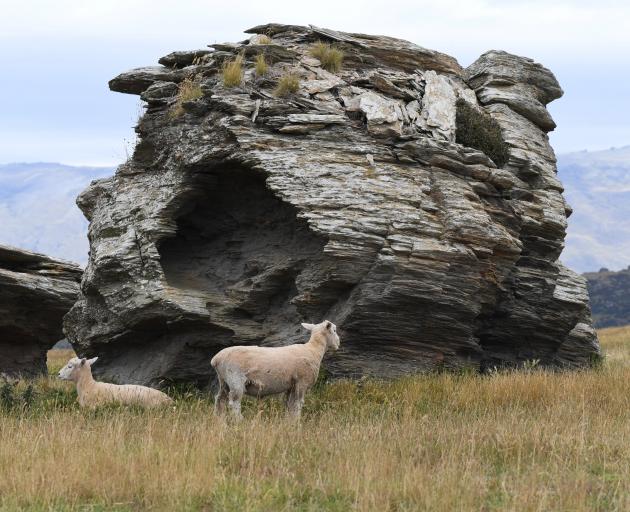
Total sheep numbers dropped about 0.9% on the previous year to 27.34 million at June 30, which followed a 5.3% decrease for the previous corresponding period.
Meanwhile, the beef cattle herd increased by 2.8% to 3.6 million head, highlighting the continued growth in beef production as farmers moved towards livestock that were less labour intensive and currently more profitable, the report said.
The largest contributor to the increase was a 5% lift in weaner cattle numbers, reflecting the high cost of buying older cattle as replacements, and good grass availability.
The size of the beef breeding cow herd did not change, B+LNZ Economic Service chief economist Andrew Burtt said.
The number of breeding ewes fell in most regions, apart from Marlborough-Canterbury, where there was a 0.3% increase following prolonged drought.
Nationwide, there had been more emphasis on retaining ewe hoggets, which indicated some rebuilding of the flock was occurring.
In Otago-Southland, the number of ewes dropped 2% to 5.63million head. Numbers were down 0.9% in Otago and 3.2% in Southland.
Hogget numbers dropped 0.2% in Otago and 3.2% in Southland. In Otago, replacement ewe hoggets increased, which might signal a slowing of the steady decline in breeding ewe numbers in recent years.
Ewes were in good condition at mating and going into winter due to feed availability, Mr Burtt said.
Scanning revealed good pregnancy rates in the North Island but the later season, as a result of climatic differences, meant it was difficult to generalise about the South Island.
Despite the small decrease in the number of breeding ewes, the lamb crop was expected to be up 1.1% - to 23.5million - 300,000 more than last season.
That was due to several factors, including continued improvements in productivity, good feed supplies and a lift in the number of ewe hoggets mated.
In Otago-Southland, total beef cattle numbers increased 5.1% to 400,000 head. Otago was up 7.2% and Southland a more modest 2.4%.
Weaner numbers were the bigger mover, increasing 11% to 143,000 head, and a significant proportion of those were sourced from the dairy industry. Older trading cattle increased in Otago but decreased in Southland.
Breeding cows in Otago-Southland increased 1.9% to 140,000 head. The increase was largely driven by a 2.7% increase in Otago.
The total number of calves born in Otago and Southland was expected to increase slightly due to the increase in breeding cows.
However, there had been sporadic reports of high empty rates for a variety of reasons, the report said.
Cows had been in excellent condition because of favourable pasture growth, especially in Central Otago hill country, which had a particularly good growing season.
